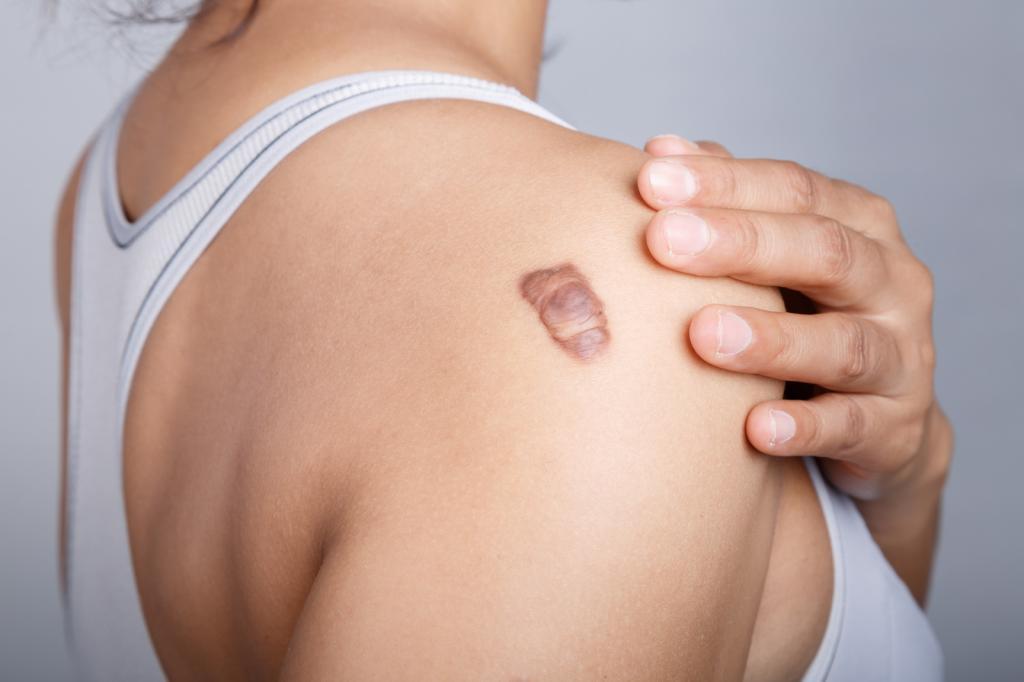

Keloid is a condition of abnormal wound healing as a result of excessive cell production. Normally the wounds are healed, and when the healing is complete, the tissue repair stops. However, the tissue repair in the keloids continues, and so the healing wound begins to grow.
Who is Keloid?
It is most commonly seen between 10-30 years of age. It is rare after 10 years and after 30 years of age. In brunette and black people, keloid is high. It is more common in some families such as inflammation, foreign body, burns, skin tightening and some families, especially when the wounds are healing.
Skin wounds, inflammation, acne, surgical interventions, vaccination zone, burns, chickenpox, even after insect bites can be seen. After the surgery, the wound enters the microbes, the stiff stitches and the foreign body remain in the wound triggers keloid formation. It occurs within about 1 year after the healing of the wound tissue.
How does Keloid Trouble?
Keloid wound in the skin in some people, after a procedure of acne or surgery, wound healing happens in the form of excessive hard tissue development. Keloid is pink, red or skin color, irregular tuber appearance, hard, elastic, after wound healing. Body front face, shoulder, back, chin, ears and lower legs are the most common areas of keloid.
How is the treatment done?
The application of pressure on some skins and massage can alleviate the keloid. Corticosteroid creams, retinoid creams, imuquimod, silicone-containing creams and covers may also reduce keloid. Pulsed dye laser and fractional lasers are successful in keloid treatment. Cortisone and 5-fluorouracil, the injection of drugs into the keloid and cryotherapy, ie ice treatment may provide flattening in the keloid. Surgical removal of keloid is not recommended unless very necessary. Because keloid repeats 45-100% after surgical treatment.